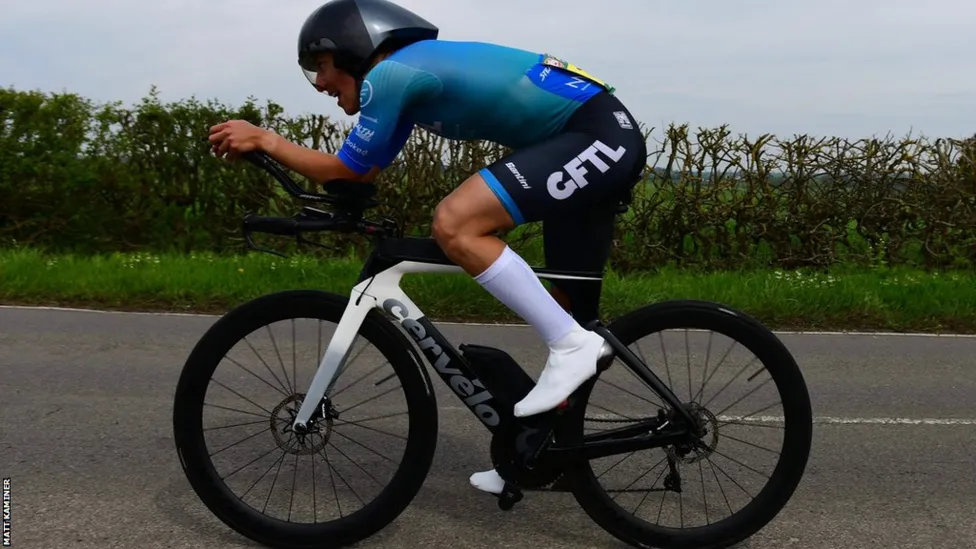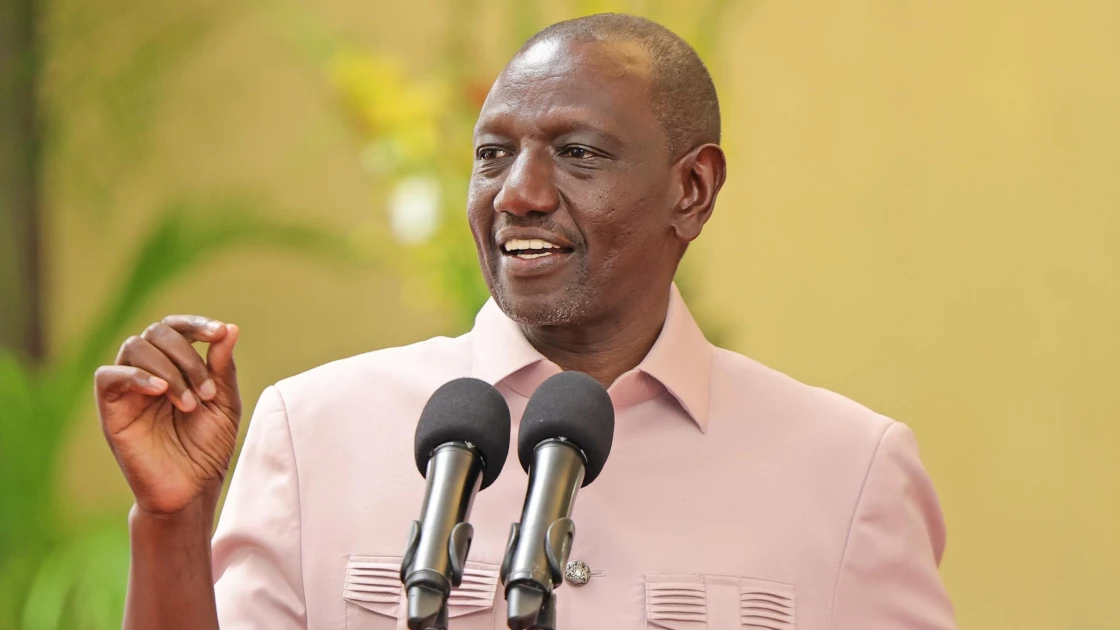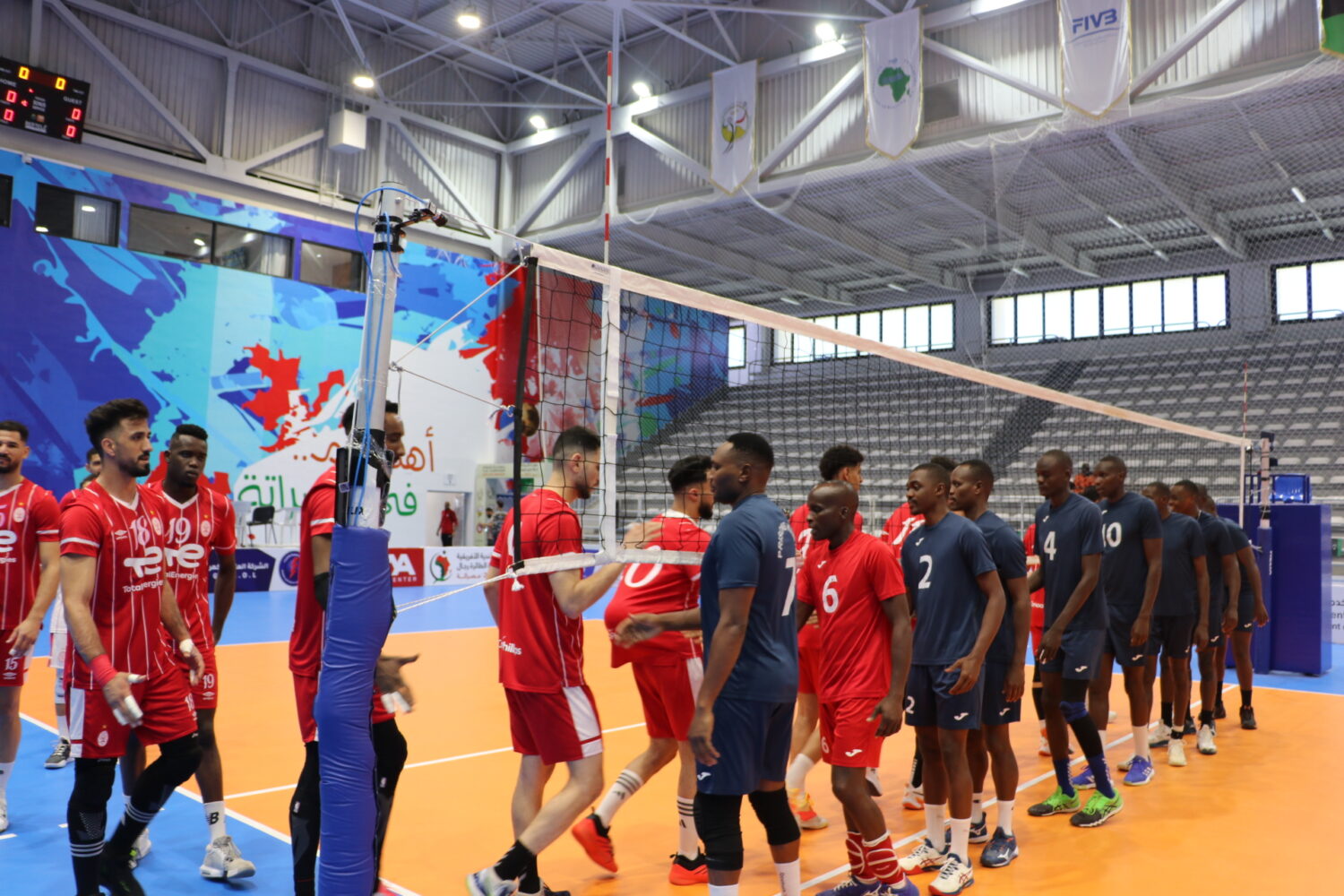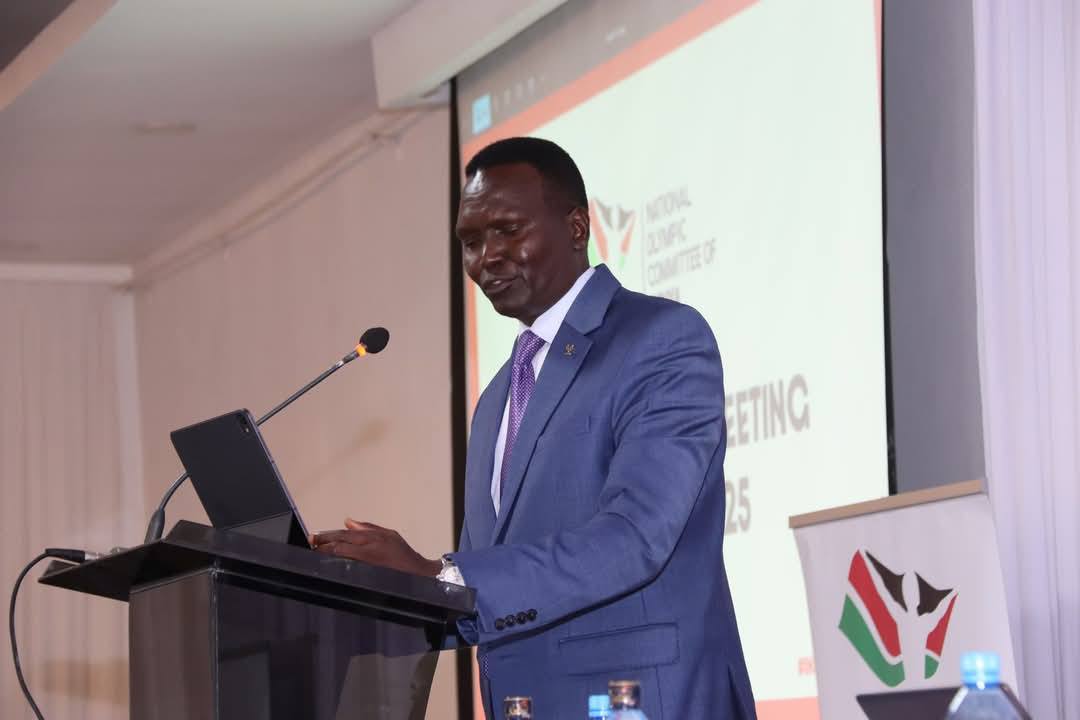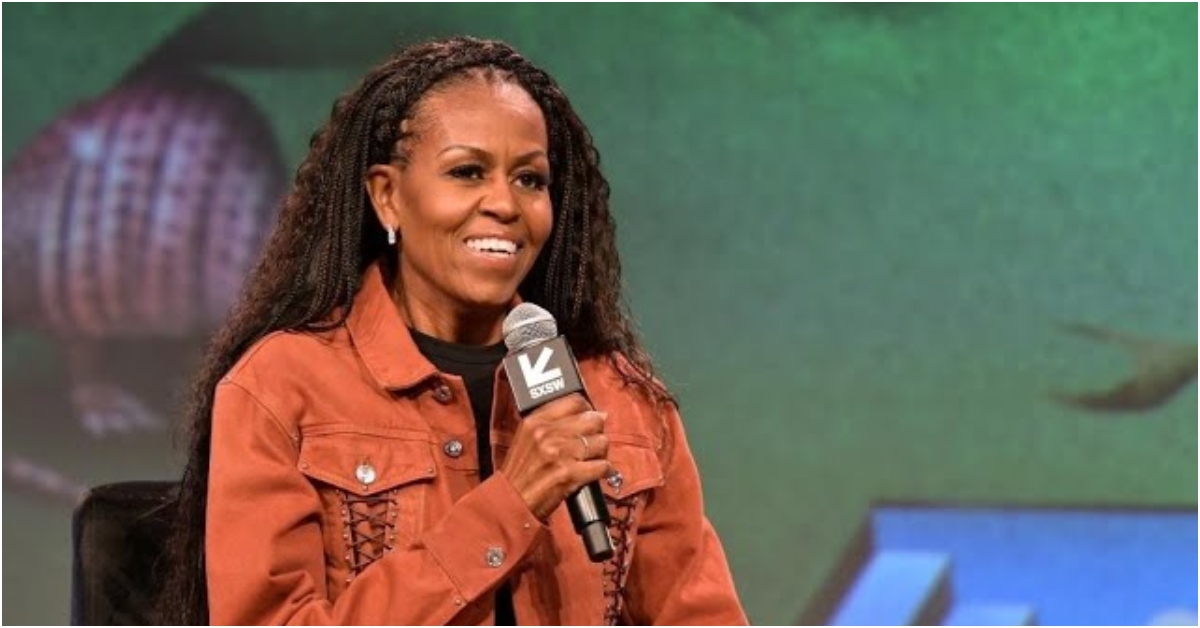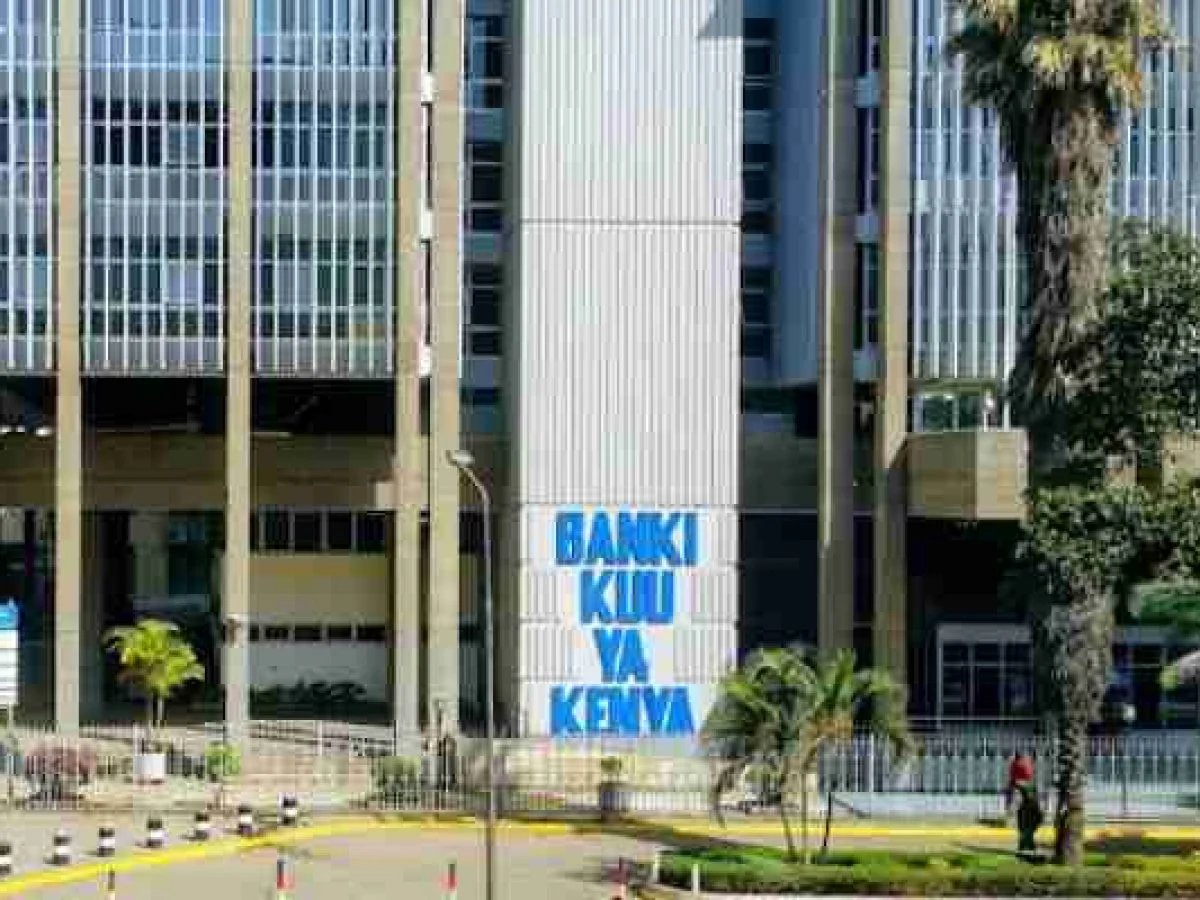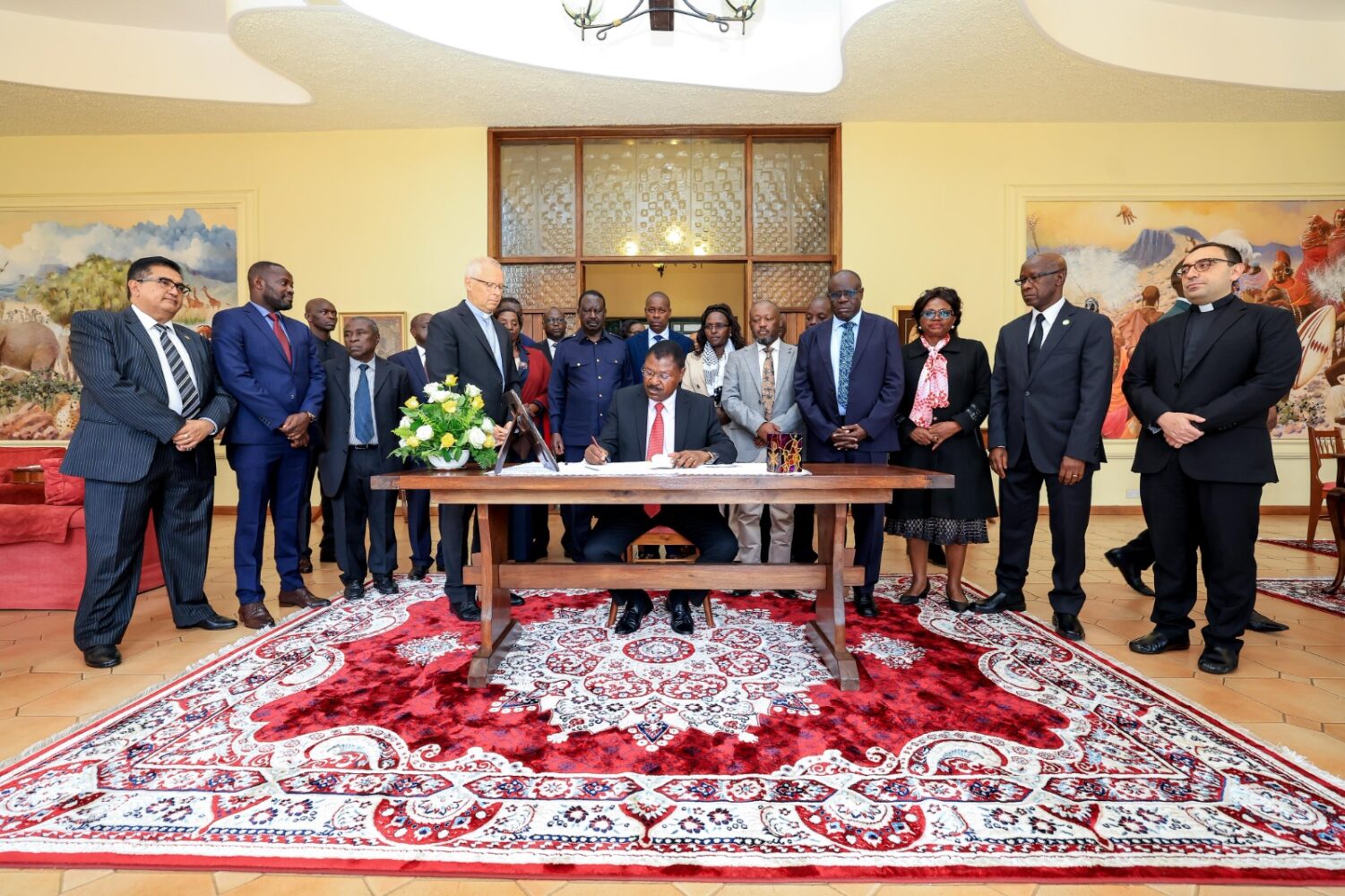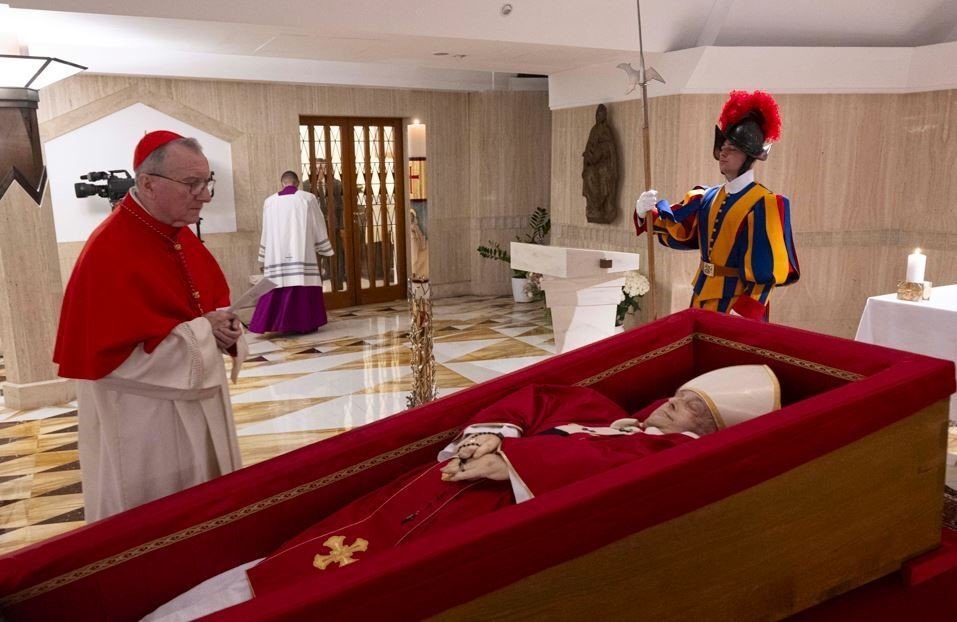Kenyan President Dr. William Ruto has recently made headlines—not just for his leadership but for his paycheck. A new report reveals that, relative to Kenya’s economic capacity, President Ruto’s salary ranks among the highest in the world, sparking debate on compensation and economic priorities in Kenya
The Salaries and Remuneration Commission (SRC) of Kenya conducted a review in June 2023 that increased the president’s monthly gross retainer from Ksh1,443,750 to Ksh1,650,000, further cementing his status among the world’s best-paid leaders on a relative scale.
Comparison in Context
While Ruto’s salary might seem modest compared to the income of leaders from high-income nations, it becomes significant when viewed against Kenya’s Gross Domestic Product (GDP) and the average income of its citizens.
With an economy reliant on agriculture, tourism, and recently expanded manufacturing, Kenya’s GDP per capita is lower than that of many Western nations.
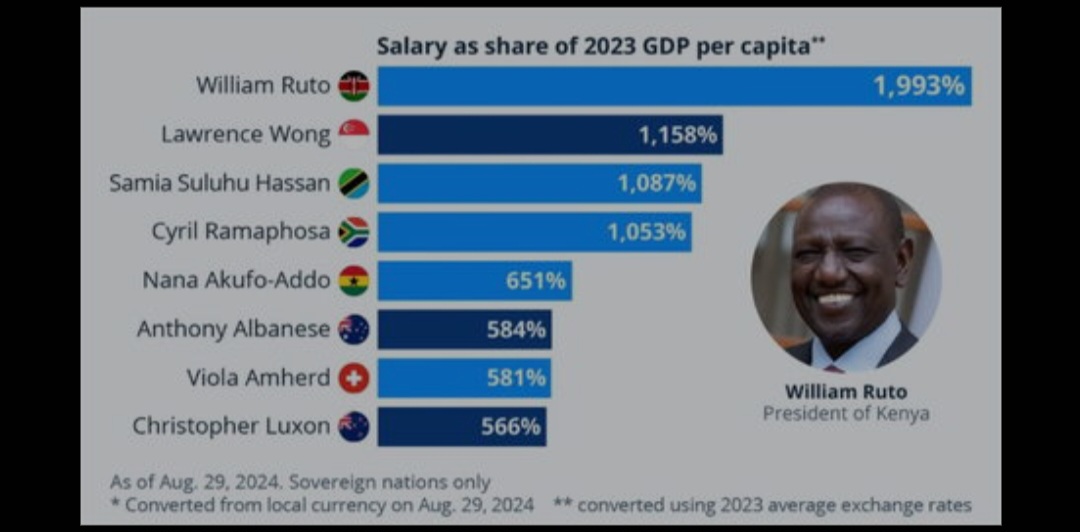
This income disparity between the country’s leader and the general public positions Ruto’s earnings among the most substantial globally, relative to national wealth.
This phenomenon is not unique to Kenya, as leaders of developing nations often receive salaries that, proportionally, are high compared to their nation’s per capita income.
In Kenya, however, the contrast is particularly stark. Many Kenyans live below the poverty line, with the average salary being significantly lower than the president’s.
Breakdown of the salary increase
The SRC’s decision to revise state officers’ salaries, including that of the president, was based on an assessment of economic demands, inflationary pressures, and the need to maintain competitive pay for public officers.
President Ruto’s Ksh1,650,000 monthly retainer includes various allowances, and the role’s compensation package is among the most debated elements in public expenditure.
This pay scale also applies to other senior government officials whose salaries have similarly increased.
The president’s salary hike was justified by the SRC as a necessary move to attract skilled individuals to public service.
This policy argument, however, is viewed by critics as creating inequality within the civil service, given that many public sector workers face wage stagnation amid rising costs of living.
Last year, Kenya’s GDP per person was Ksh811,615. In light of this, Ruto’s Ksh19,800,000 yearly income is about 2,000 times his nation’s per capita GDP (1993%).
Because of this dynamic, President Ruto is in a class by himself, ranking first in terms of the highest salaries as a percentage of 2023 GDP per capita.
Singapore Prime Minister Lawrence Wong, who assumed office in 2024, is in second place with an annual salary of Ksh217,718,946 (USD 1.69 million), which is 1,158% of his nation’s GDP per capita.
Wong is now the highest-paid person in the world in terms of monetary worth as a result of his large compensation.
It’s interesting to note that African presidents predominate among the top five highest paid heads of state in relation to their nation’s economic might.
Presidents Samia Suluhu Hassan of Tanzania and Cyril Ramaphosa of South Africa both earn yearly incomes that surpass 1000% of their nations’ per capita GDPs, ranking third and fourth, respectively, at 1087% and 1053%.
Fifth on the list is Ghana’s Head of State, Nana Akufo-Addo, whose yearly salary is equivalent to 651% of the GDP per capita of his nation.

